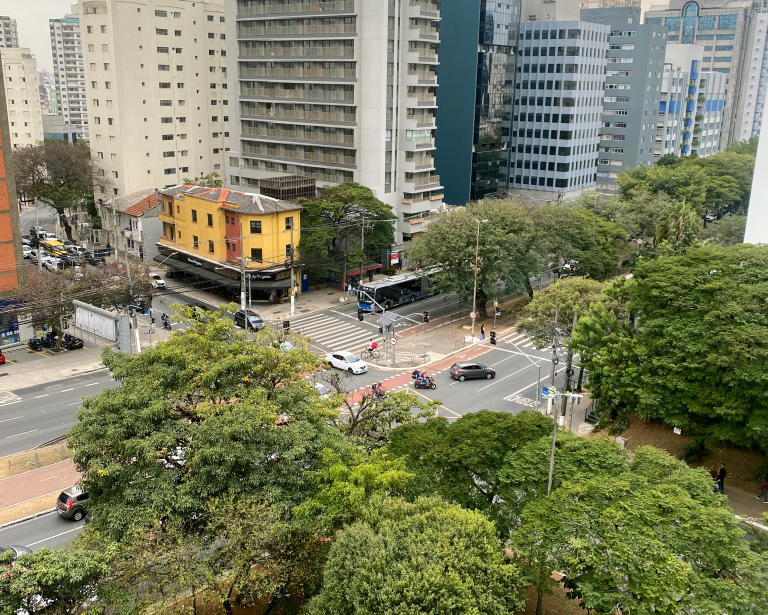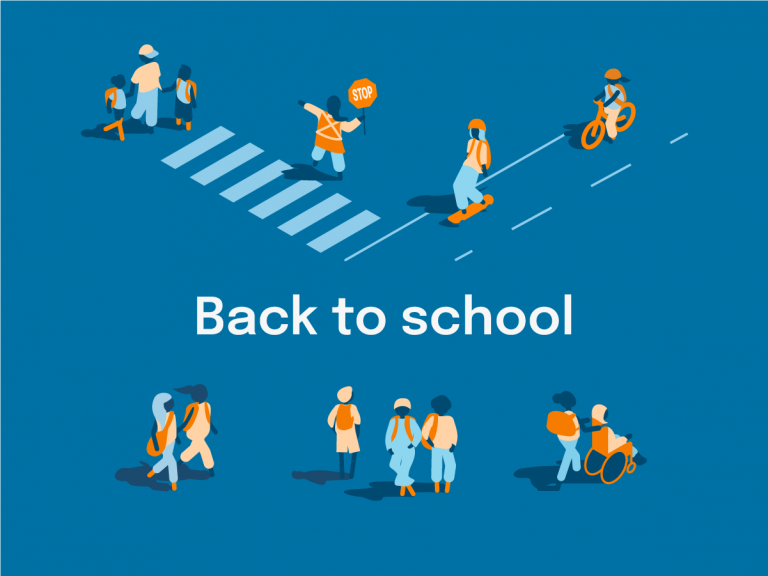Give the gift everyone can use this holiday

Give the gift everyone can use this holiday Looking for a gift that’s practical, fun, and actually useful almost every day? Skip the random candles and coffee mugs. This year, give something that makes every trip brighter, safer, and smoother:…










